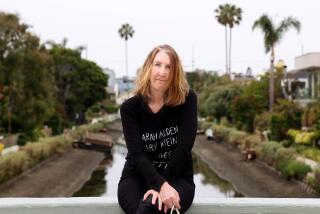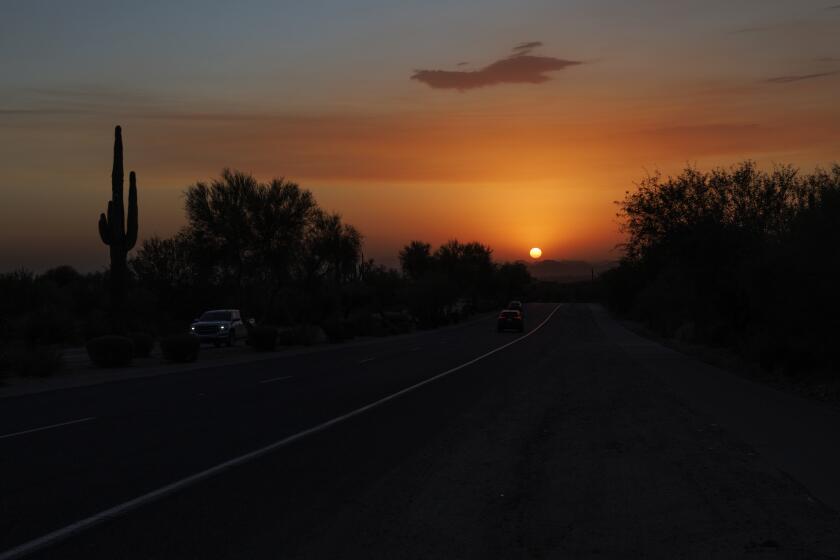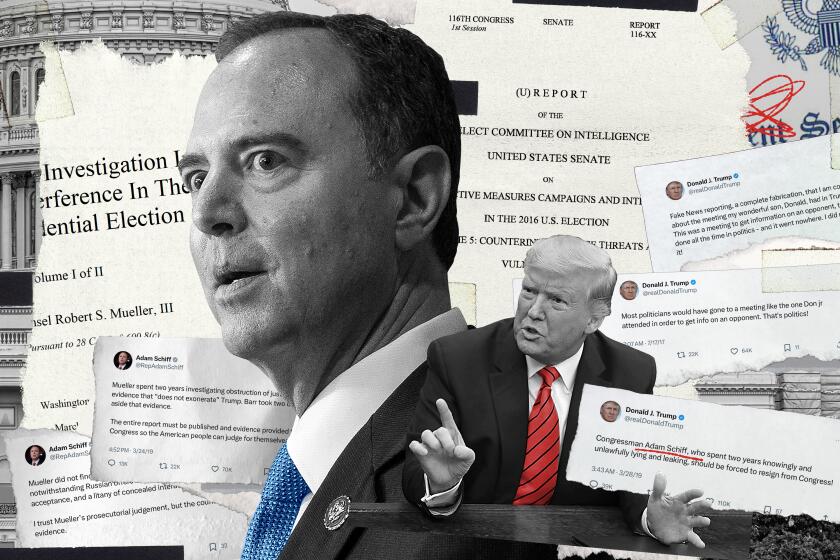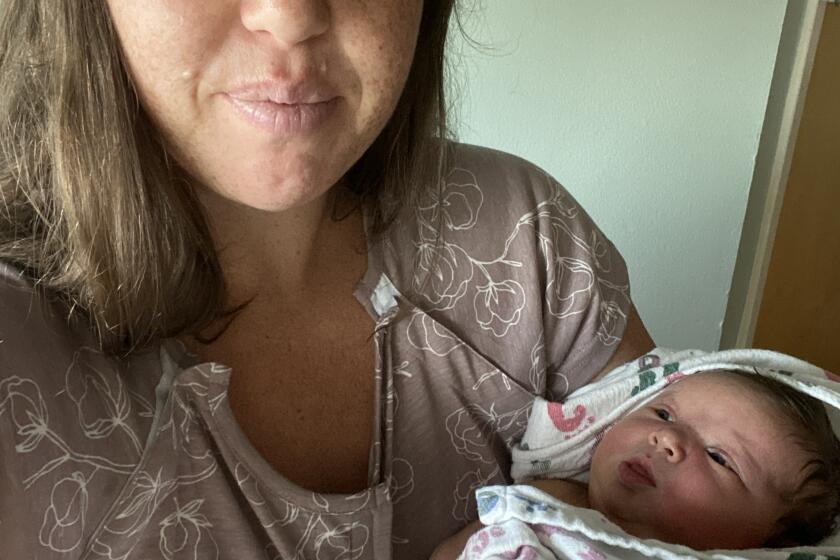Street Violence Gets Personal
Paul Lemos doesn’t need a court hearing or judge’s order to understand the urgency of stemming street violence in Oxnard. The grieving father knows the dangers in a painfully personal way.
Steven Lemos was shot dead by an intruder nearly two years ago at his Oxnard apartment, cut down on the eve of his 25th birthday. Although Steven Lemos was not a gang member and the killing remains unsolved, the elder Lemos and police believe the shooting may be tied to gang brutality that has come to choke this working-class city.
That is why Lemos, 58, has become an outspoken advocate for creation of a public safety zone, a controversial police strategy aimed at breaking up the county’s largest and most violent street gang.
“Enough is enough,” said Lemos, who plans to be in court Monday to support a request for a temporary order that would ban Colonia Chiques gang members from assembling in public.
“I talk to a lot of parents; they’re afraid to go outside anymore,” Lemos said. “We should be able to send our kids to school or to the park without worrying that they’ll be shot.”
While foes of the proposed injunction have staged rallies to denounce it, a quieter movement has also taken hold.
It has emerged in communities long held hostage by gang troubles, places where residents say they live in fear of shootings and stabbings and other violent outbursts that erupt with disturbing regularity.
An affidavit by an Oxnard gang expert in support of the injunction chronicles the gang’s wide criminal swath.
It lists farmworkers and street vendors as among those who have been beaten and robbed. It tells of a 12-year-old robbed at knifepoint of his skateboard while on his way home from school, and Mormon missionaries robbed of their bicycles as they were out spreading the Word. The violence, now so pronounced in some pockets, has left many residents afraid to stand up to the menace or speak out against it.
“There is a level of intimidation out there,” said Vicky Gonzales, vice chairwoman of the Neighborhood Council in La Colonia, the barrio community where the Chiques first formed.
A lifelong La Colonia resident, the 33-year-old said she favored the injunction, noting that the streets have become quieter just in the time the proposed police action was announced. But she said she would like to see the effort coupled with greater emphasis on economic development, drug use prevention and other programs to help steer youngsters clear of trouble.
Gonzales said she also wanted people to understand that although the gang bears the name of La Colonia, the problems extend well beyond the the largely Latino enclave.
“We still have that stigma, that negative stereotype here in the Colonia of being on the other side of the tracks, but this problem has spread over those tracks,” Gonzales said. “If [the gang injunction] can prevent one kid from being killed, one family from having to go through the process of putting a son or daughter to rest, then I think it will be well worth it.”
Gang-related violence has indeed seeped into every corner.
The affidavit lists shootings and stabbings near high schools in south Oxnard and fast-food outlets near downtown.
“We have throughout our city a group of individuals who have historically, through generations, preyed upon their own community,” said south Oxnard resident Paul Chatman, president of a small elementary school board.
“These [gang members] are killing people, they are preying upon those who can’t possibly defend themselves,” Chatman said. “We need to shut them down. We need to take away what they endear, and that’s their turf. It should have happened years ago.”
Years ago, Paul Lemos wasn’t as concerned about the gang violence in his hometown. He was raising four children and helping run a bustling Little League on Oxnard’s north side. But as he spent more time in the community, mowing baseball fields and scrubbing graffiti from ballpark bathrooms, he could see the problems starting to escalate.
Then, on an October night nearly two years ago, it became personal.
Lemos said he never meant to be a public safety advocate. But neither is he afraid now to speak up, knowing the worst thing that could happen already has.
“What I do, I do in memory of my son,” he said. “I think he would be proud.”
More to Read
Sign up for Essential California
The most important California stories and recommendations in your inbox every morning.
You may occasionally receive promotional content from the Los Angeles Times.










